Story by Jack Stuhler with an introduction by Paul May,
Jack Stuhler, the founder of Eezi-Awn, is an adventurous man and has spent his entire life exploring the African Continent. After driving from Johannesburg to the UK through the middle east in the early 1999, Jack set his sights on the Americas. He prepared a Toyota Land Cruiser 70 Series Troopy by the name of Tubby for his journey and shipped it to South America. With his significant other, Margaret, their epic journey from Ushuaia to Dead Horse Alaska took over 18 months to complete in 2004/2005. They later returned south to Houston, and shipped Tubby home. Quite impressive for a couple in their 60s. Their adventures are an inspiration for us all.
THE AMERICAS WITH TUBBY XPLORER SOUTH AMERICAN ADVENTURE PART SEVEN
Well Guys since we last reported we have been driving incredibly high passes. Leaving Salta we drove south to El Carril, then turned west towards the Andes. No sooner had we left the village and the fertile Lerma Valley all hell broke loose, ripio surface, bone jarring as the pass ascended parallel to a meandering river eventually leaving it behind we wound our way up a zig-zagging, hairpin road climbing higher into the pre-Andes until we reached 3,650m above sea level. This I know for my son-in-law lent us an aircraft altimeter that is fixed above the mirror and gives us all the readings we need as we climb or descend the exciting terrain we traverse.
At the top we free-wheeled down onto the Puna (Altiplano) and Parque Nacional Los Cardones, Cardon trees (Candelabrum Cactus or Suguaros) as tall as 6m and into the valley Calchaqui one of Argentinas most appealing off-the-road beaten track areas that combine striking natural landscapes with unique cultural and historical resources and rolled into Cachi at an altitude of just over 2,200m with its scenic surroundings, cobbled streets, white buildings and 18th Century church.
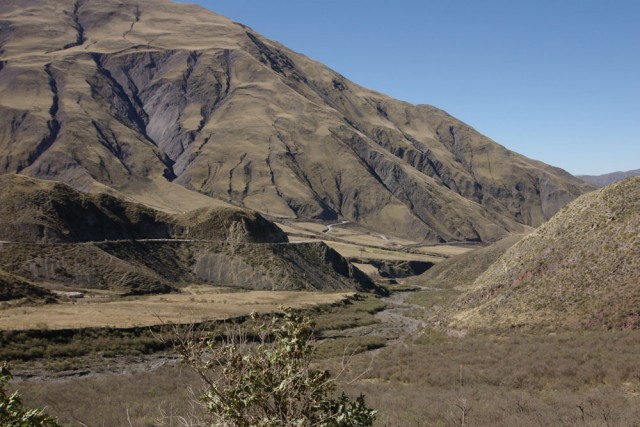
Over-nighting in an Hosteria owned and run by ACA the Argentinean equivalent of AAA – SUPER!!!!! Wind picking up, extremely cold night, had a meal at the hotel, left early the next morning the wind blowing a storm. Dust everywhere cruising down the valley of Calchaques towards Molinos. We were back on the infamous ripio Ruta 40 – supposed to be a road, but here on this section a single track hugging the mountains at the edge of the river, the bed overgrown with pampas grass, yellow in all its autumn colours, with sharp hairpin bends, keeping fingers crossed that nobody would come flying along from the blindside – lights on as we travelled ever south towards Molinos, wind howling, dust churned up by Tubby being blown past the vehicle; at times we were enveloped in our own dust storm ha ha ha!

Passing through tiny villages we saw many home industries; weaving on extremely crudely made wooden looms, however producing the most amazing finely woven intricate fabric for traditional red with black stripe ponchos still worn by the locals and city folk in the Province of Salta. Argentineans of all walks of life as a whole are still very steeped in tradition – most admirable. Arriving in Molinos – siesta – clouds of dust hanging over the village, visibility poor, drab adobe buildings, forlorn almost like a Western movie waiting for action – John Wayne to appear out of the churning dust his six shooters to hand, no such luck – drove through town, deadly quiet even the perros (dogs) were not to be seen. On rounding a bend a couple, their Renault Clio embedded in deep sand flagged us down for help. Using one of our tow straps we dragged the vehicle out of the sand, for Gung Ho Cruiser – no problema!!! Having done our duty for the day we set forth again, next stop Angostaco. Sand and more sand all the way – the hot wind still howling. Miserable night, drab room, so-so dinner but at least a shelter to get out of the incessant wind.
They call the wind El Zonda much like the Chinook of the Rockies or the Foehn of the European Alps. The Zonda is a dry, warm wind that can raise the cold days temperatures from freezing to nearly 20 degrees Centigrade. The Zonda originates with storms in the Pacific that blow eastward, hit the Andes, dump their moisture and come whipping down the eastern slopes picking up heat as they go. The wind, which varies from mild to howling can last for several days. The locals can step outside and tell you when it will end and that it will be cold when it does. It is a regular occurrence giving the region and its inhabitants a severe seasonal schizophrenia especially in winter and we were trapped in it.
As predicted the next morning was a clear day, bitterly cold, the wind had abated as we left Angostaco ever south on Ruta 40 at least on a good surface. Driving in between tall jagged monoliths of eroded sandstone hewn out by the elements over millions of years the most dramatic natural structures towering both sides of the road as far as the eye could see. No photos nor video or description could do it justice – only vivid memories. How many times we stopped to photo and video heaven knows. Almost two hours later we exited the sandstone valley and descended towards San Carlos. Lunchtime, all quiet on the southern front, a short jaunt east, stopped to indulge a cheese sandwich, a cup of tea and some fruit and then back onto super tarmac and cruised northwards through Quebrada de Cafayate to Salta arriving there mid-Friday afternoon.
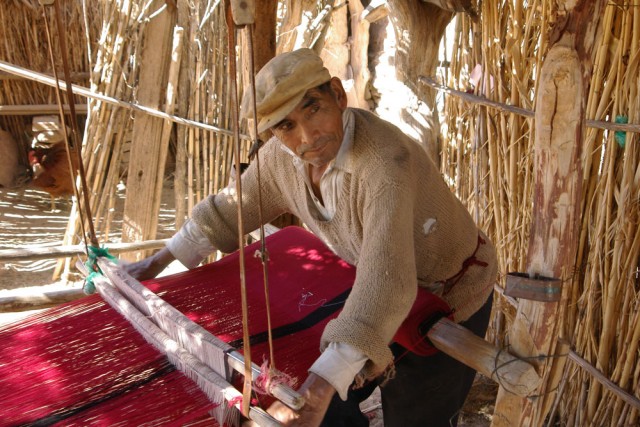

A relaxed week-end, short respite and the following Monday this time east to the National Park Calilegua. Salta is surrounded by hills and farmland and en route to the Park we passed through miles and miles of sugar cane fields eventually driving by a huge mill almost at the entrance to Libetardor General San Martin where we booked in shortly after lunch.
Wasting no time we set off for the Park and believe it or not a dense sub-tropical forest receiving some 2,000mm of precipitation per year. It had poured the day before and the drive into and through the Park ascending up the inevitable single track, winding its way through dense vegetation, slippery underfoot as we crawled higher and higher leaving the valley behind with sheer drop offs into the abyss below. The cloud forest forms a dense canopy of trees punctuated with ferns and lush vegetation plus purported bird life of 230 species including toucans – we only got a glimpse of small dickies flitting by. As we ground uphill I noticed from the corner of my eye that Margaret was agitated and uncomfortable. The narrow slippery track was not to her liking. Every so often we would feel Tubby slipping and sliding on the soggy terrain. If the track wasn’t so narrow it would not be a problem but with all its weight of approx three and a half tons we were negotiating precarious terrain and creeping upwards the point of return and Terra Firma was further increasing. My curiosity pushed us up and up but the uneasiness of Margaret was obvious – the sheer height of the trail and steep edges down into the valleys was unsettling for her – nipping – time to call it a day at 2,700m, a distance of 10 kms from base, gives you an idea of the steepness of the ascent and similarly the tortuous descent. Returning ever so slowly down into the valley and a short hop into town, had supper at a diner, parked Tubby between two huge Eucalyptus trees on the pavement nose nudging the wall of the hotel and overseen by a security light and camera. At a height of 2,500mm it is at times difficult to find secure parking for the Land Cruiser.
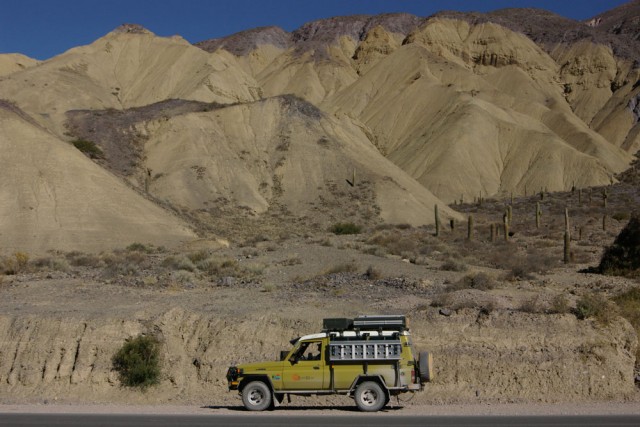
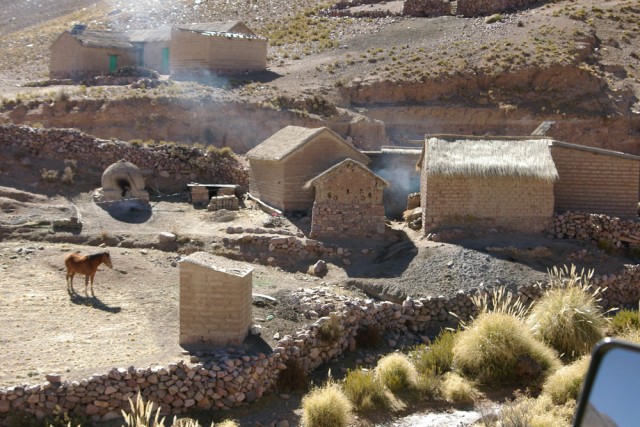
From San Martin we retraced our tracks approx 60 kms then ventured north through the Quebrada Humuhuaca on the way turned off at Purmamarca, through the village and sheer curiosity took the better of us and up a super new highway, macadamised Pass which will eventually link San Salvador de Jujuy (pronounced Hu Hue) Argentina with the harbour city of Iquique across the Andes in Chile to the west. At the summit 3,650m had lunch and freewheeled back surrounded by monochrome mountains, assorted colours of red, orange, yellow and even hues of turquoise, copper residue – an artist’s palette created by Nature – marvellous.
Reaching the T-junction we set off towards the town of Humahuaca straddling the Rio Grande at an elevation of 2,830m. This is the largest settlement between Jujuy and the Bolivian border. It is a village of cobbled streets and adobe houses with a large Quecha population. Late afternoon when we ambled into town, found a recently built Hosteria with superb facilities and unfortunately disappointingly poor service.
Sunrise, 8 am, had breakfast and tootled past adobe houses up the road leading out of town onto Ruta 9. After half an hour on this macadamised road northwards we turned off onto a dirt track north-east. Today’s adventure to visit the tiny beautiful village of Iruya, a speck of white set in a valley with startling splashes of coloured rocks. The cobbled streets, well preserved church and white-washed building give Iruya an ageless feeling. At times we drove up river beds, criss-crossing tiny crystal clear streams meandering through Pampas grass, large cobbles and boulders. The original road had been washed away and the authorities have not the finance the inclination nor could be bothered to repair those sections so the locals used their ingenuity to open up tracks in order to bridge these damaged areas – at times a couple of miles in length.
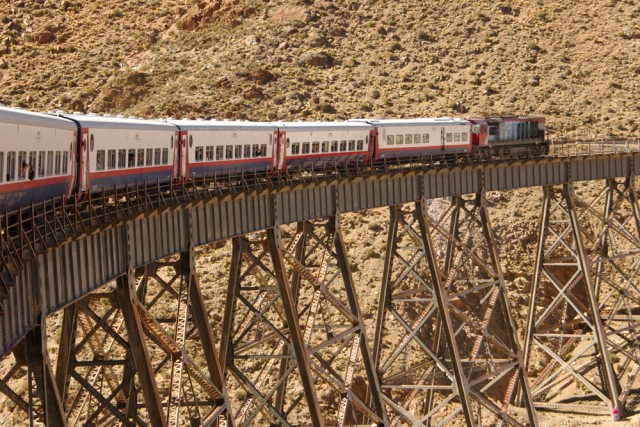
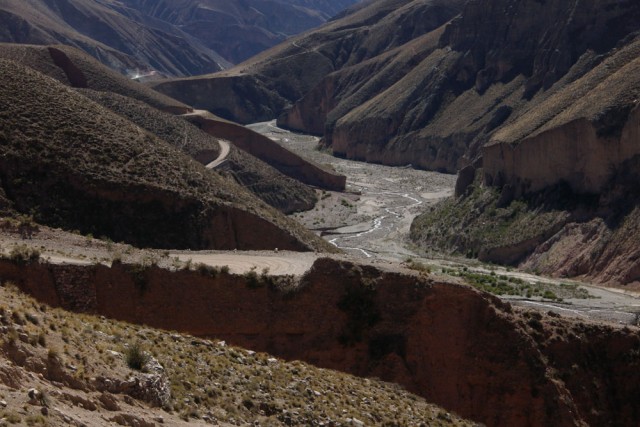
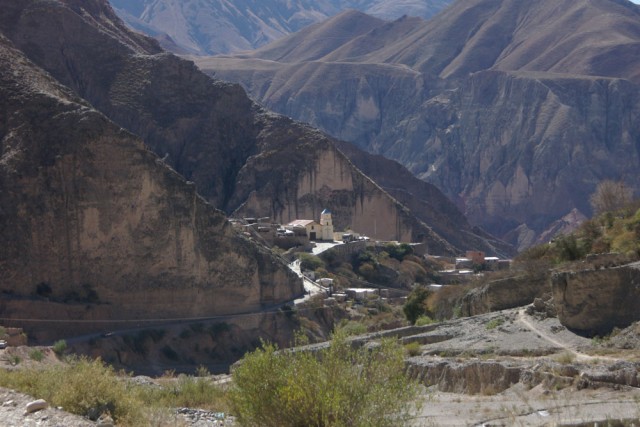
Eventually winding up to a height of 3,990m we had a Mirador (view) of the world all around. At such a height there is always a stiff breeze and it is cold. From there we descended down another incredible pass entered the Valle de Los Condores ( Valley of Condors) (did not get to see one) down, down, down hairpin bends, switchbacks, zigzagging, curling and winding its way towards Iruya. We stopped halfway down to photo and video as a passenger filled bus roared past. How they manage to negotiate those tight curves, heaven only knows!! The buses disappear out of sight and re-appear miles down in the valley still negotiating the terrain at an alarming speed. But alas!!! That is how all folk drive here in Argentina – foot flat on the accelerator. The descent took us more than 2 hours as we stopped many times to take in and marvel at the awesome terrain.
Talk about Tennis Elbow – well I have Driver’s Shoulder from all of the curves to the left and then to the right; I feel as I have rigor mortise in my upper arms and shoulders. The muscles should be strong as hell when we have completed our South American Odyssey ha ha ha!! That’s wishful thinking.
Deep down in the bowels of the Andes, Iruya with majestic mountains towering above and you wonder Why, oh Why?! do people live in such isolated places but I suppose it’s the ambience and tranquillity of the setting that lures one to such territory. It is inevitable that one arrives at siesta time – all facilities are closed. The village looked almost deserted. We indulged in our usual lunchtime snack of bread, cheese and juice then it was time to move on. One way in and same way out. Imagine grinding your way back up to 3,990m in 1st and 2nd gear not enough torque nor distance between bends to reach 3rd gear as the Troopie is heavy – no more than 40 kmph we trundled up, up and away. Time is of no essence. The Land Cruiser performing commendably – my philosophy is not to strain the diesel engine – I keep the revs at 3,000 RPM – never red-line at 4,500 it’s just my own policy of rules I apply in driving my motor vehicle. After all it makes sense – why knock the hell out of it when it is the only means to get you there and back in one piece. Reaching the summit and dropping back via dirt road and tracks down the riverbeds and back up to the main road Ruta 9 leading back into Humahuaca – early supper and to bed.
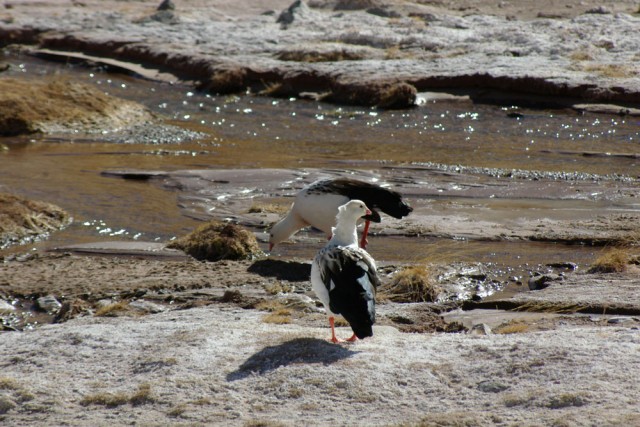


Thursday morning, rumbling along at 80 kmph maximum permissible speed we ventured back to Salta at a leisurely pace to return to the very comfortable neat little “Hotel Petit”. Friday is Tubby’s day. Covered in grime and muck off to the Lavadero (car-wash) – a full valet plus engine clean. The inside vacuumed and then a high pressure fresh water wash followed by 5 guys with brushes shampooing, finally rinsed and dried. Cost 20 pesos (R45) – Tubby in all its splendour we vamoosed around the corner an oil change (filter supplied by me). The oil change inclusive of labour 90 pesos (R185) and lastly suspension lube, are you sitting? 10 pesos (R25). The morning’s procedure really cheap. Parked the Cruiser in front of the hotel and did our last minute shopping for sandwiches and goodies for our train odyssey.
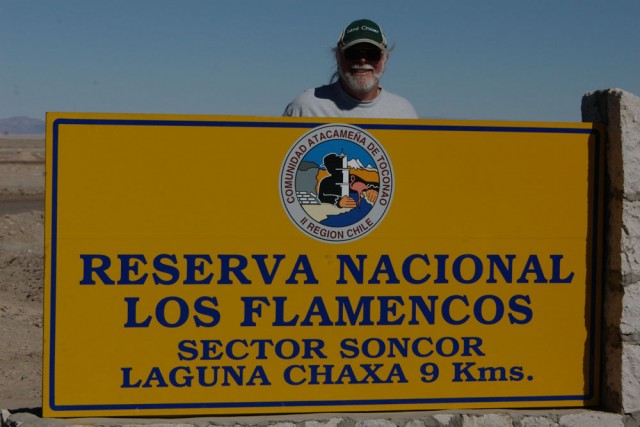
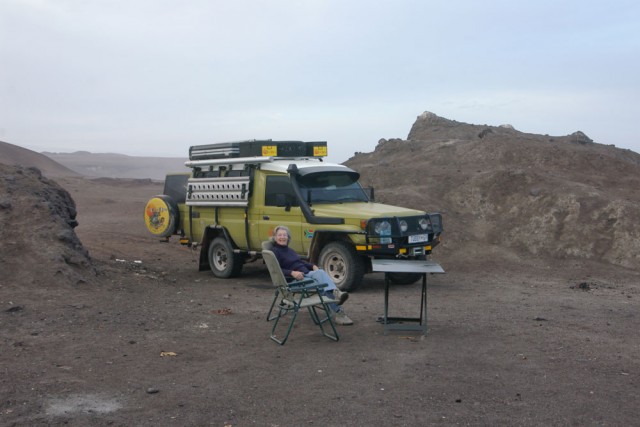
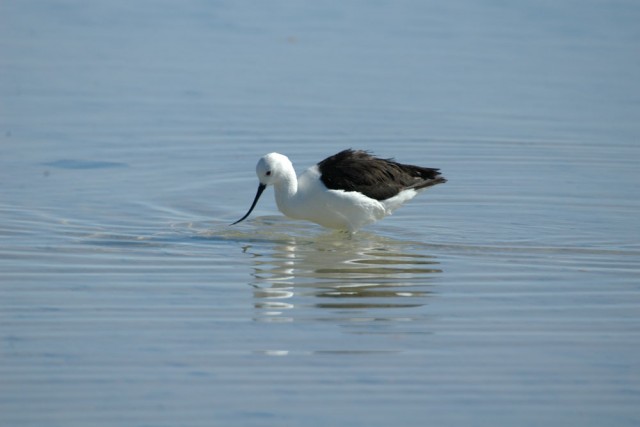
The next adventure “Tren a las Nubes” “Train to the Clouds”. The original railway line was first proposed in 1905 but work didn’t begin until 1921 and was only completed in 1948. The whole rail and all of its infrastructure was built by men wielding picks, shovels and dynamite. There was no mechanical help whatsoever. An amazing feat of engineering and construction of the first degree. Actually a goods train route to Chile but some British entrepreneurs bought a locomotive plus coaches and initiated this exciting train ride into the clouds for tourists. The Tren a las Nubes a 2,700 hp diesel electric engine hauling 7 coaches filled with passengers rolled out of Salta at 7am Saturday morning – still dark – leaving the Lerma Valle to ascend the multi-coloured Quebrada El Toro towards the mountain village of San Antonio de Los Cobres – altitude 3,750m the track parallels Ruta 51. It makes two 3-tier switch-backs, spirals and passes through 21 tunnels of which one has an S bend 500m long, all in all the combined length of the tunnels is 3,000 metres, crosses 31 iron bridges and 13 viaducts with the highlight of the trip a stunning 65m high and 225m long viaduct manufactured of steel girders weighing 1600 tons which was road hauled to Tucuman and lugged by pack mules approx 500 kms to the site and then erected spanning an enormous desert canyon at La Polvarilla at an altitude of 4,220m. Although the rail continues on to Chile our turn around was at this magnificent viaduct. An amazing day’s outing. The return trip lasting 15 hours, shortened by great company, spectacular scenery, on board music performed by troubadours in traditional garb. Before we knew it we were back in Salta and a nerve wracking taxi ride to our hotel.
Stay tuned for part eight of Tubby Xplorer.


